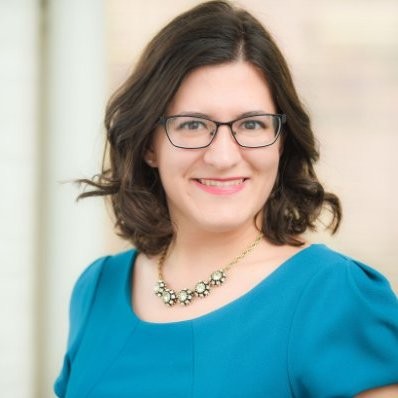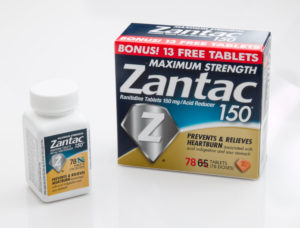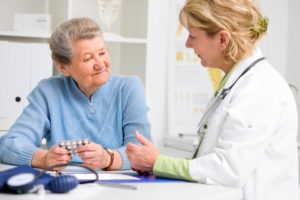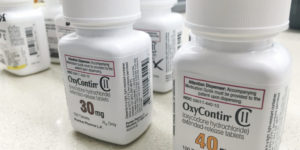Nursing home antipsychotic drug rates slowly declining
Nursing home antipsychotic drugging rates are going down but are still high. According to the latest federal data, 21 percent of the approximately 1.3 million nationwide nursing home resident population received an antipsychotic drug during the fourth quarter of 2015.
"While we are glad to see some reduction in the use of antipsychotics, the persistence of this shameful problem four years after the federal Centers for Medicare & Medicaid Services (CMS) promised action and almost five years after Inspector General Levison said that the government, residents, families and taxpayers 'should be outraged' is, itself, outrageous," says Richard Mollot, executive director of the Long Term Care Community Coalition (LTCCC) in a press release. "Why aren’t basic federal protections prohibiting inappropriate drugging and the use of chemical restraints being enforced? Why are taxpayers footing the bill for so much substandard care and resident abuse?"
Less than 2 percent of the United States population has a diagnosis that antipsychotic drugs might be appropriate. The Centers for Medicare & Medicaid Services (CMS) launched a national action plan in 2012 to protect nursing home residents from unnecessary antipsychotic drug use.
LTCCC has compiled and released fourth quarter of 2015 data from Medicare. Using that data, the advocacy organization has also prepared two Excel files: one with the non-risk-adjusted antipsychotic drugging rates for all 50 states and a state-by-state breakdown of every licensed facility’s antipsychotic drugging rate.

Nicole was Senior Editor at I Advance Senior Care and Long Term Living Magazine 2015-2017. She has a Journalism degree from Kent State University and is finalizing a master’s degree in Information Architecture and Management. She has extensive studies in the digital user experience and in branding online media. She has worked as an editor and writer for various B2B publications, including Business Finance.
Related Articles
Topics: Advocacy , Clinical











